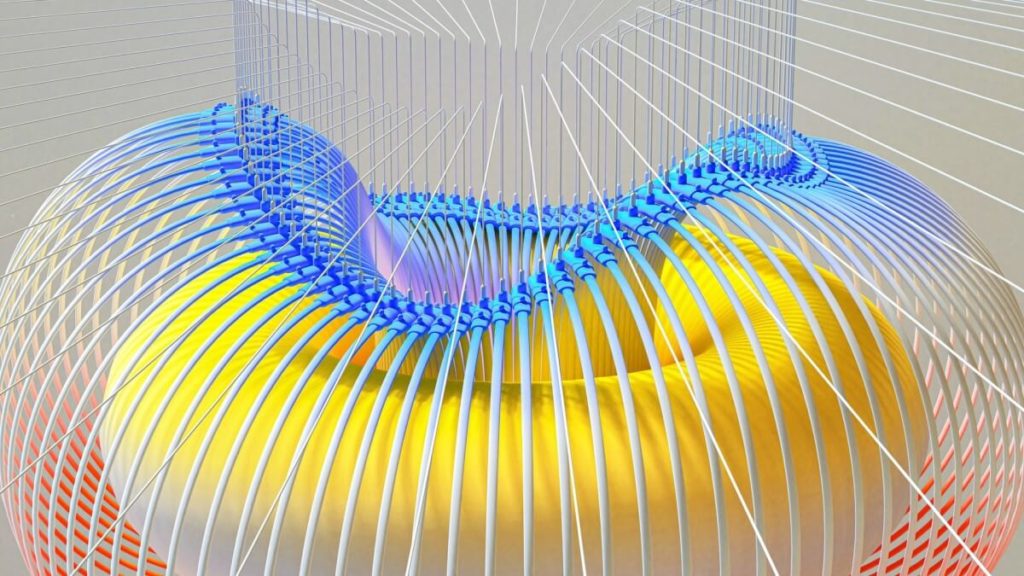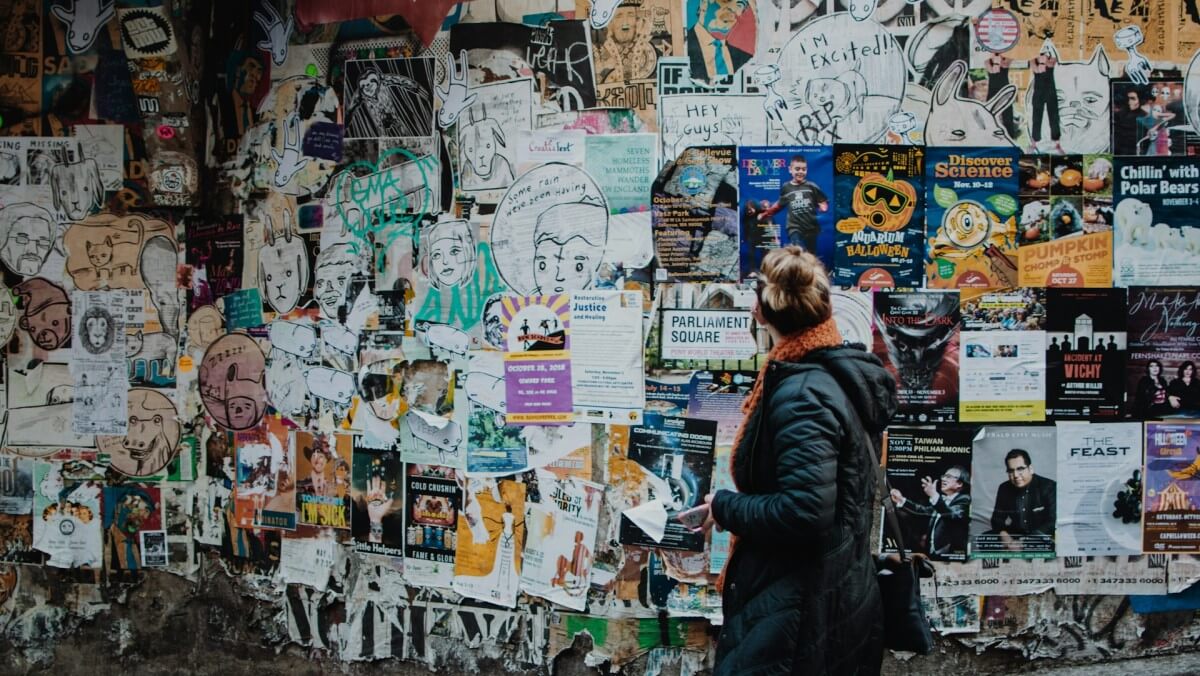
HYPERVSN 3D Catalog
USD 1,200
Qty

HYPERVSN 3D Catalog
USD 1,200
Qty

HYPERVSN 3D Catalog
USD 1,200
Qty
Cart Subtotal:
USD 3,600

HYPERVSN
Marketing Department
One of the most amasing applications of Artificial Intelligence (AI) is the generation of 3D images from 2D inputs, such as photos, sketches, or text descriptions.
3D images represent objects or scenes having three dimensions: height, width, and depth. Such images can be viewed from different angles and perspectives and create a sense of realism and immersion for the viewer. 3D images are widely used in various domains, such as entertainment, education, medicine, engineering, and architecture.
However, creating 3D images manually is a complex and time-consuming process that requires specialized skills and tools. Moreover, some 3D images may not exist in reality or may be difficult to capture or model, such as imaginary creatures, historical scenes, or futuristic designs. This is where AI can help.
Artificial Intelligence can generate 3D images from 2D inputs using different techniques and methods.
This technique uses one or more 2D images as inputs and reconstructs the 3D shape and appearance of the object or scene in the images. This can be done by using geometric cues, such as edges, contours, and shadows, or by using deep learning models, such as convolutional neural networks (CNNs) or generative adversarial networks (GANs), that learn to infer the 3D structure from the 2D data.
This technique uses a 2D sketch or drawing as input and generates a 3D image that matches the sketch. This can be done by using rule-based methods, such as shape grammars or procedural modelling, that follow predefined rules and parameters to create the 3D image or by using data-driven methods, such as neural networks or GANs, that learn to synthesize the 3D image from the sketch data.
This technique uses a text description as input and generates a 3D image corresponding to the text. For this, AI uses natural language processing (NLP) techniques, such as semantic parsing or text-to-image synthesis, that extract the relevant information and attributes from the text and map them to the 3D image domain.
AI-generated 3D images have many advantages and applications. They can enhance the quality and diversity of 3D content for various purposes, such as entertainment, education, medicine, engineering, and architecture.
Also, AI enables users to create their 3D images easily and quickly without requiring specialized skills or tools. It can even allow users to explore and visualize different scenarios and possibilities that may not exist in reality or may be hard to capture or model.
In that way, this technology fosters creativity and innovation by inspiring new ideas and designs.
But, currently, the process is still far from perfect. Quite often AI-generated 3D images lack realism or accuracy due to errors or artefacts in the generation process. Sometimes they may raise ethical or legal issues and have negative social or psychological impacts on viewers.
Therefore, AI-generated 3D images are a fascinating and promising application of AI that can open up new possibilities and opportunities, but we should use them with caution and responsibility.




subscribe

USD 1,200
Qty

USD 1,200
Qty

USD 1,200
Qty
Cart Subtotal:
USD 3,600☎️